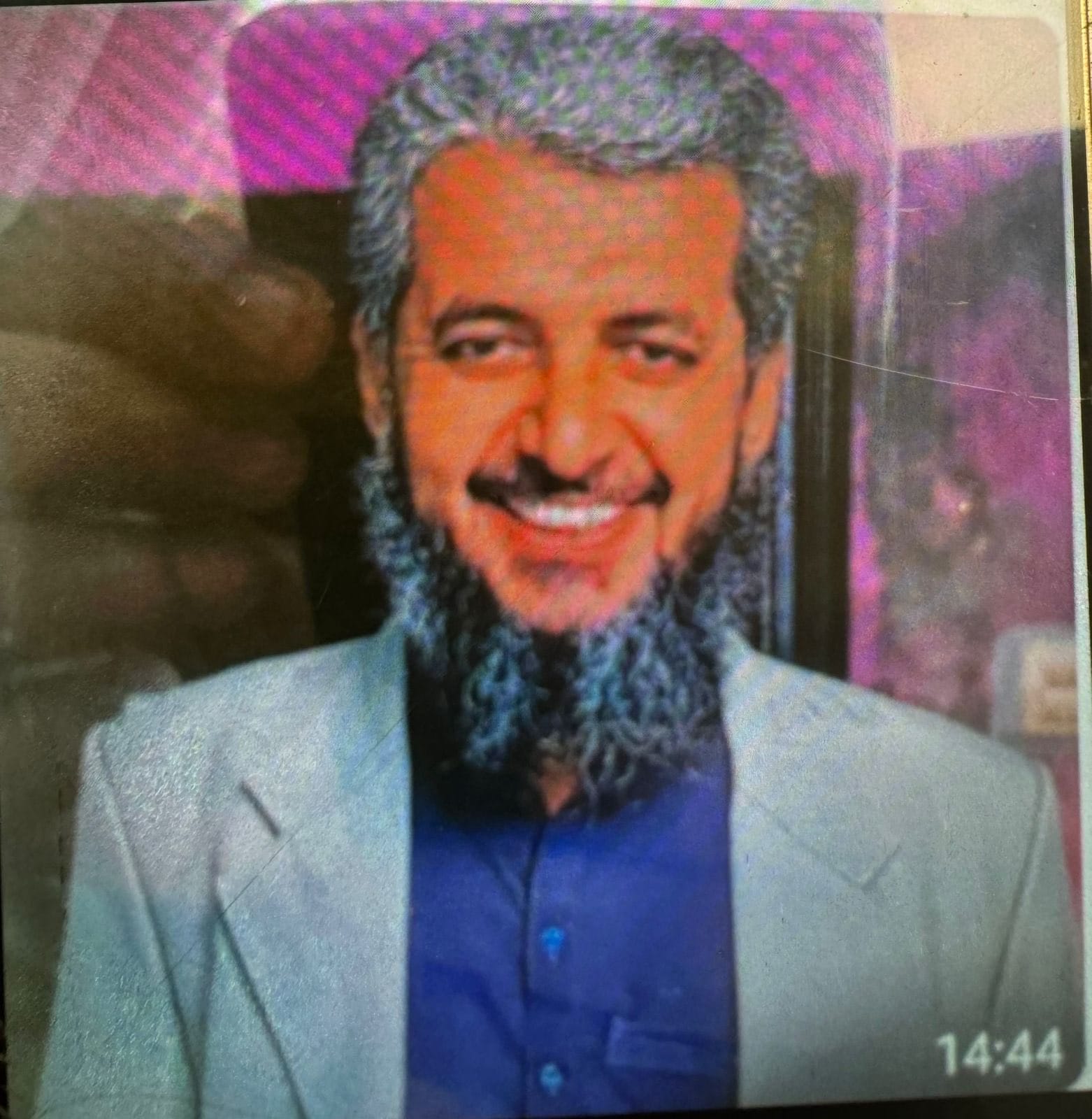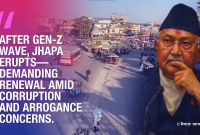Ghost of Kathmandu Falls in Sindh: Lashkar-e-Taiba’s Nepal Chief Shot Dead in Mysterious Hit!
Kathmandu’s Hidden Terror Architect Gunned Down in Pakistan

New Delhi/Badin – In what appears to be a precision strike that echoes far beyond the dusty roads of Pakistan’s Sindh province, Razaullah Nizamani—once the shadowy architect of Lashkar-e-Taiba’s (LeT) Nepal-based operations—was fatally shot on Sunday afternoon in Badin by unidentified gunmen.
To many in the intelligence world, Nizamani was not just another militant. Known by a slew of aliases—Saifullah Khalid, Salim Bhai, Abdul Rehman, and even the Hindu-sounding Vinode Kumar—he lived multiple lives. But to South Asia’s counter-terror networks, he was one man: the elusive mastermind who turned Nepal’s quiet borders into corridors of terror.
Nizamani’s ties to Nepal ran deep. Operating under the radar in Kathmandu and Terai regions for nearly a decade, he headed LeT’s Nepal module—a key node in the group’s transnational strategy. Under his leadership, Nepal became more than a safe haven. It became a launchpad.
He handpicked and recruited foot soldiers, organized safe houses, and quietly moved operatives, weapons, and funds through the porous Indo-Nepal border. Intelligence reports confirm that he orchestrated LeT’s "sleeper cell" expansion into Indian cities, taking advantage of Nepal’s visa-free regime with India and its then-loose counter-terror framework.
His dark legacy includes engineering some of the most audacious terrorist attacks on Indian soil in the early 2000s—all with threads tracing back to Nepal.
In 2005, an LeT gunman stormed the Indian Institute of Science (IISc) in Bengaluru, opening fire at scientists during a conference—killing one and injuring many. Though the attacker vanished, the trail pointed back to a sophisticated network in Nepal, operated by Nizamani.
The following year, three suicide attackers launched a foiled assault on the Rashtriya Swayamsevak Sangh (RSS) headquarters in Nagpur. The logistics and intelligence behind the attack were attributed to Nizamani’s module.
And in 2008, four LeT operatives infiltrated the CRPF camp in Rampur, killing seven personnel and a civilian. Once again, the operational route was traced to Nepal—with Nizamani in the center of the storm.
When Indian agencies intensified their crackdown and dismantled key parts of his Nepal network, Nizamani quietly relocated to Pakistan. But he remained no less dangerous.
In Pakistan, he continued to coordinate with Lashkar and Jamaat-ud-Dawah’s high command, including 26/11 planner Azam Cheema and Kashmir operations head Yusuf Muzammil. He was assigned to expand recruitment in Sindh’s impoverished areas and fundraise for ongoing jihadist activities, particularly in Kashmir.
On Sunday, his run came to a sudden end.
Unidentified gunmen ambushed him near his residence in Badin. Multiple bullets tore through his body. He died instantly. No group has claimed responsibility—but in Pakistan’s murky security discourse, "unknown gunmen" is a familiar euphemism. Many speculate it was a clean, calculated assassination—possibly the handiwork of India’s external intelligence agency, RAW.
The killing of Nizamani is more than a body on the street. It’s a seismic hit to Lashkar’s aging but still potent infrastructure that once exploited Nepal’s vulnerabilities. His death is symbolic—it closes a dangerous chapter where Nepal’s soil was used, perhaps unwittingly, as a silent staging ground for carnage in India.
For many Indian officers who lost colleagues and friends in attacks he orchestrated, Sunday may have brought a quiet, cold closure.
Razaullah Nizamani Lashkar-e-Taiba’s (LeT)



![From Kathmandu to the World: How Excel Students Are Winning Big [Admission Open]](https://www.nepalaaja.com/img/70194/medium/excel-college-info-eng-nep-2342.jpg)
